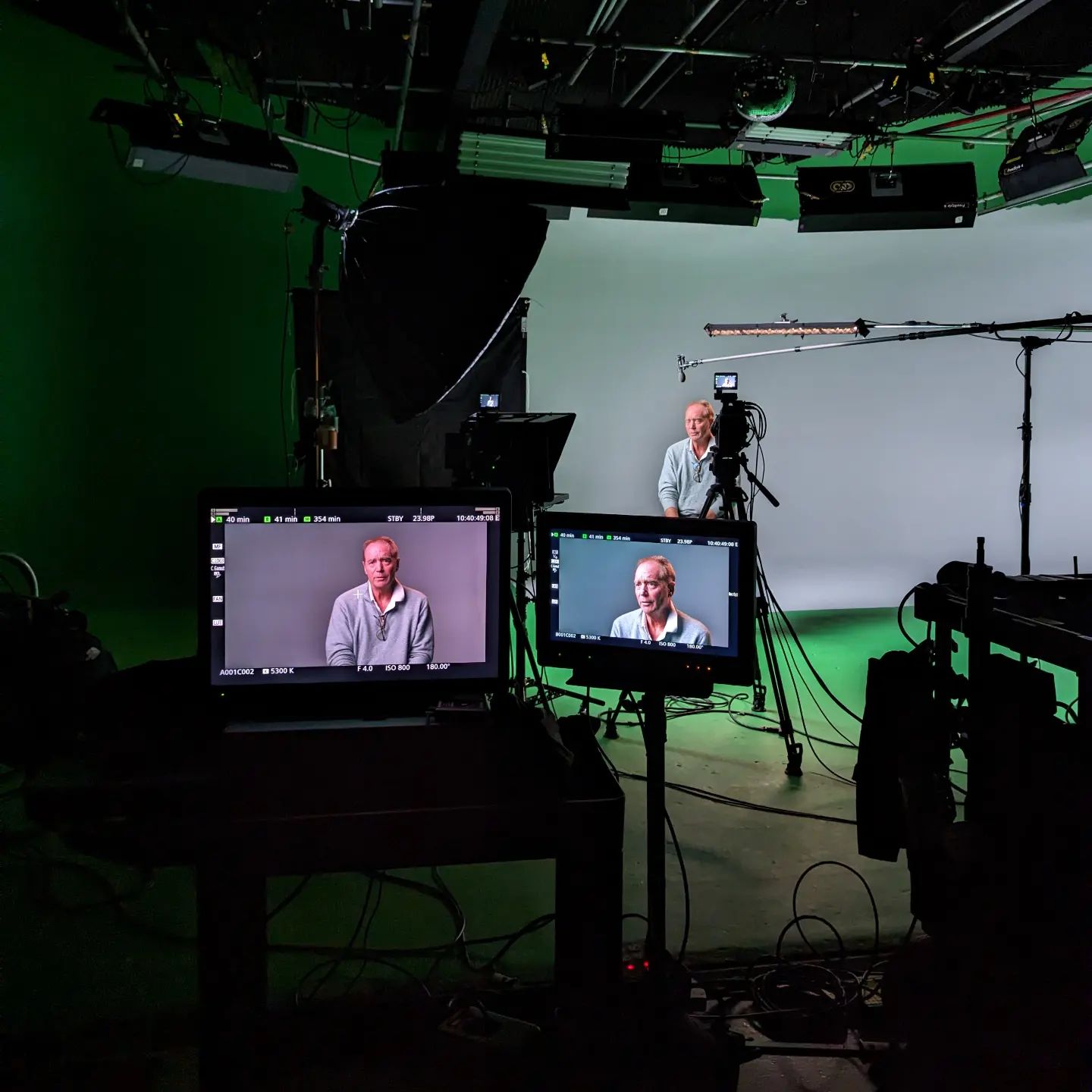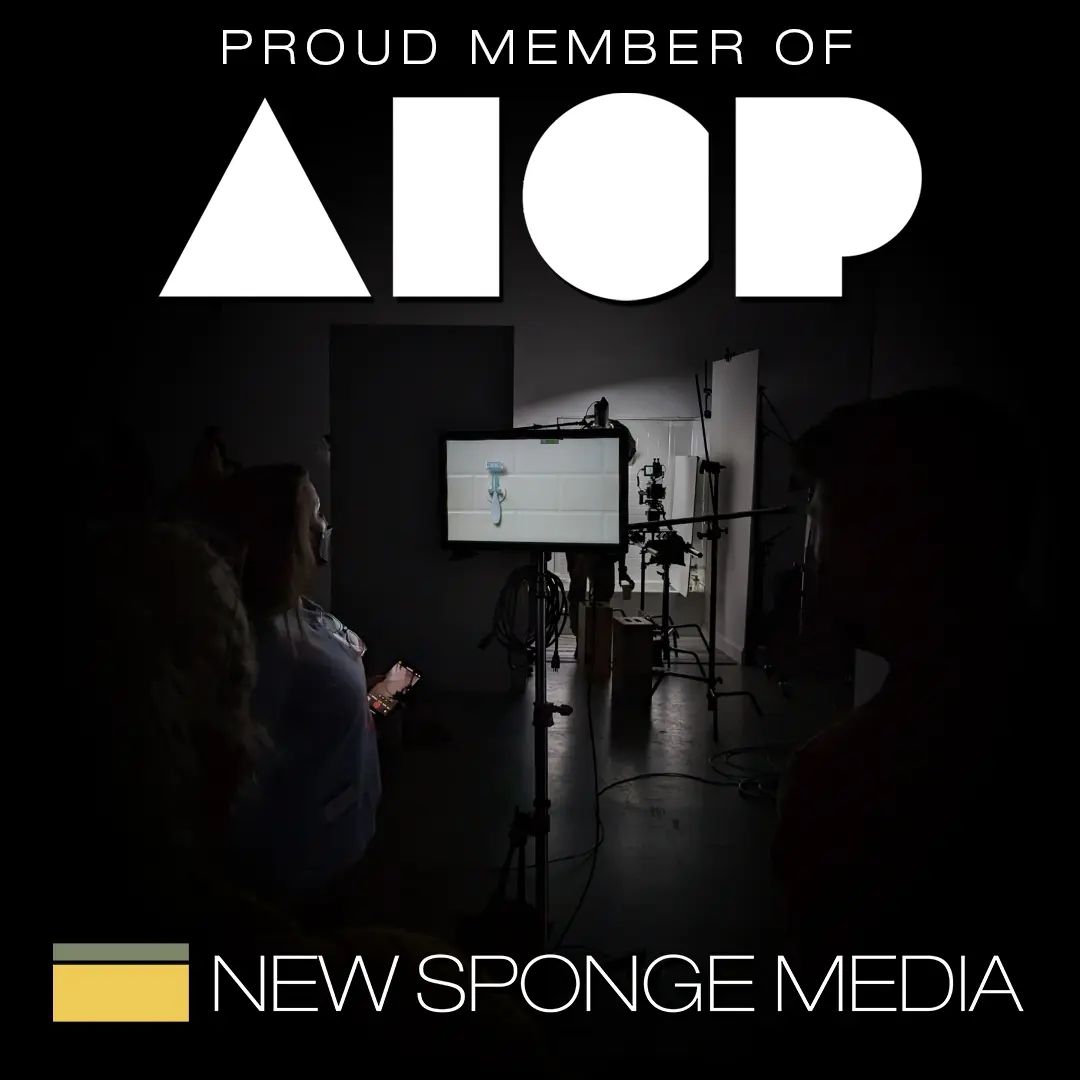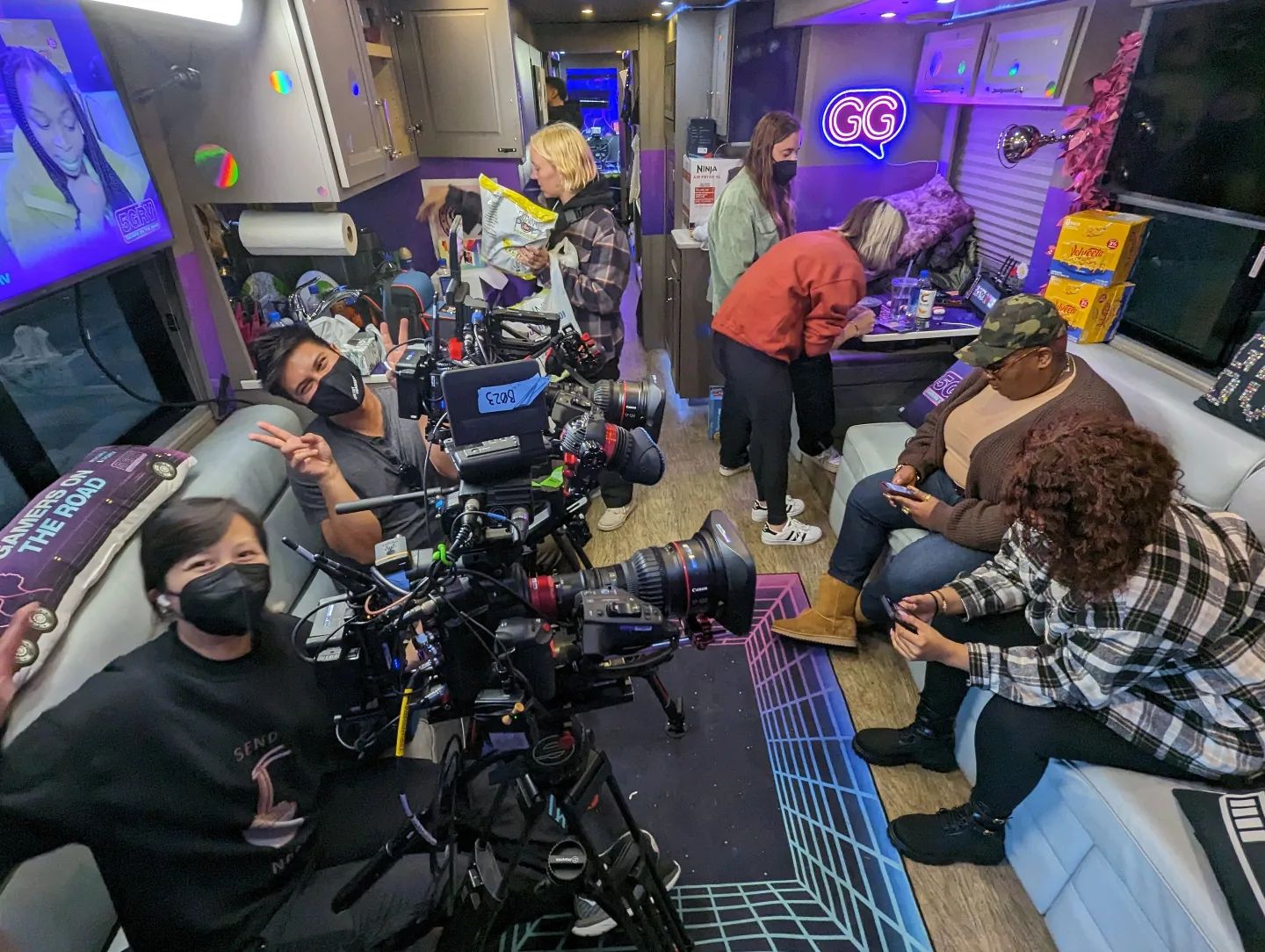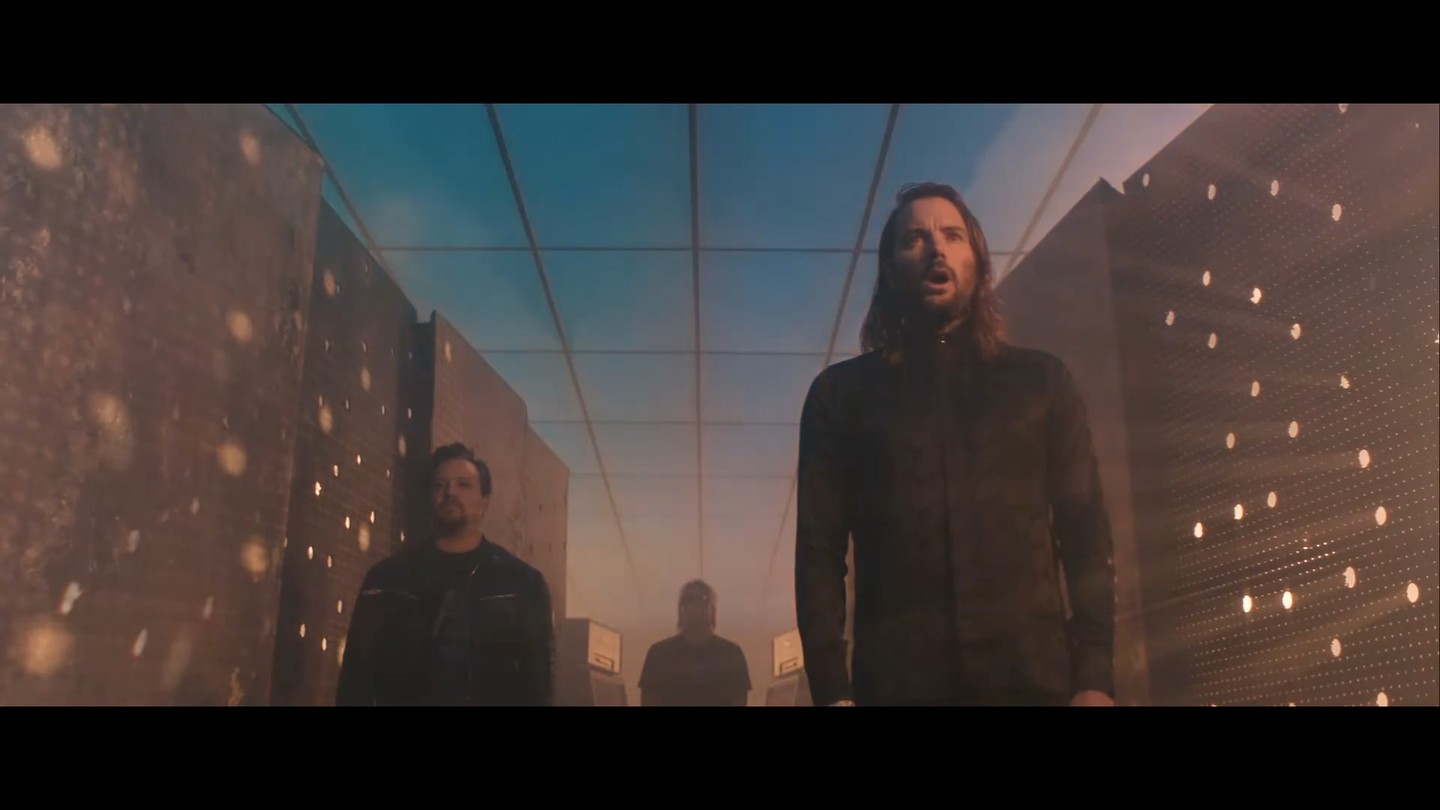I think there’s three components to a pleasing image on film: lighting, movement, and color. As cinematographers, we focus mainly on the first of these on set, and then also take into account movement (or lack thereof) when setting up a shot. When you’re just starting out, it can be easy to get caught up in just those first two components and think of color as an afterthought. “We’re shooting raw,” you might say, “and we can just do whatever we want to it in post.”
Veteran cinematographers will tell you that color is very important to your image, and I would say it’s up there with lighting with movement as a third, somewhat less important component. You paint with light, can add gels to accentuate color in camera, but no matter what you need to work with a good colorist in post to get those colors to shine. No matter how big your budget gets, there’s always some constraints, and there will inevitably be color tweaks you want to make in the post process.
Color sets the tone of your film.
Both an overall tone and tone changes from scene to scene are affected by color choices. I’m sure most of you already reading this know the basic gist, with cool tones leaning sad and somber while warm tones lean happy and vibrant. We can also subvert the audience with warm tones in a sad scene, and vice versa.

When taking a project to post, it’s important to work with a good colorist. I always push to be involved in color with my projects, and you should too. A lot of smaller, digital work has their editor also take care of color, and it can be hard to push your producer to be involved in such a thing. As we scale up to commercials it becomes easier to be there with the colorist, and on features and narrative TV it’s downright essential.
I think of working with a colorist like working with one of my department heads on set. You want to develop an easy shorthand and working relationship where you and your colorist understand one another’s visual language. Just like with everyone you work with in this industry, there’s going to be people you don’t like working with, people who are good but are hard to communicate with visually, and people with whom you just “click.” Be prepared to go through a few colorists before you find the person you like working with.
I’m currently coloring my most recent feature, Electric Love. Production hired a colorist that wasn’t working for us, so we switched and brought it to my friend Mark Todd Osbourne through our post house Blacklist Digital. Mark’s got an amazing resume, having worked with Shane Hurlbut, ASC coloring Need for Speed, as well as coloring It Follows, and performing final color on Academy Award Nominated Capote and Sunshine Cleaning. We speak the same visual language, and he’s the best colorist I’ve ever had the pleasure of working with.
The Process
 Sometimes you come into color, and your colorist already has a neutral base look applied to the film to start styling from there, and sometimes you’re starting with the raw footage and going right into your look. I usually just use somewhat neutral preview LUTs on set, not creating a look with a DIT for each shot (though I have when specifically needed), and prefer to start from the raw out-of-camera footage with my colorist.
Sometimes you come into color, and your colorist already has a neutral base look applied to the film to start styling from there, and sometimes you’re starting with the raw footage and going right into your look. I usually just use somewhat neutral preview LUTs on set, not creating a look with a DIT for each shot (though I have when specifically needed), and prefer to start from the raw out-of-camera footage with my colorist.
From there, it’s time for a conversation about overall tonality of the film. How do you want it to look as a whole? For Electric Love, I worked with director Aaron Fradkin to shoot a romantic comedy that looks like a drama. We wanted to keep that moody look, and embrace the shadows. We also used a lot of neon with a bit of an 80s throwback, and in more neutral scenes wanted to skew a bit yellow, with a slight feel of Kodak 2383 stock.
After telling all this to Mark, we then went through and created looks scene by scene. He’d bring up the scene, add a quick grade, and then we’d refine from there til we got a look that worked both in the scene and with the film as a whole. After each scene, Mark would understand more and more of what we wanted and was able to intuit some almost spot-on looks as we worked through the second half of the film – the mark of a great colorist.
Mark’s currently working on now applying those looks and tweaks to the entire film, and in a few weeks we’ll go back and make some final tweaks for a final color pass. This is an indie film, and on a larger film we’d probably do a few additional color passes, but alas we don’t have the time or budget. Once color is done, the VFX and scene transitions will get laid on top, and then it’s off to titles, sound, and putting the full project together!

















